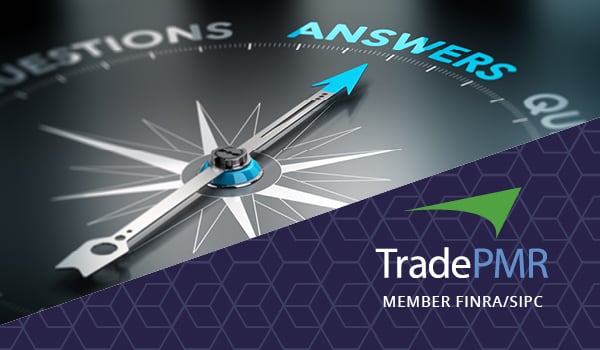Tips to find the best-fit RIA custodian in the new year.
Big-box stores have coopted the term value – as a result, it’s easy for us to associate a “good value” with something that’s cheap.
However, that’s not necessarily the case. Value is more about bang for your buck. It’s about getting the biggest benefit at a cost that makes sense.
So, it begs the question, what’s more important to RIAs? Cost or Value?
As RIAs enter the new year, it’s a great time for them to evaluate vendor relationships and help ensure they’re getting the best value and cost from their providers. For RIAs evaluating their RIA custodian relationships, determining value comes down to identifying benefits and dissecting pricing agreements.
Understanding RIA Custodian Benefits
At the surface, it may seem that most RIA custodians have similar offerings. However, once advisors dive in beyond the surface, they may find that one provider is a better fit for their unique business than the others.
When evaluating a provider’s offering, advisors may want to zone in on points like service structure, approach to technology development, data policies, integrations, available accounts, etc.
Whether an RIA is evaluating prospective RIA custodians or reviewing the offering of their current provider, these are points that will impact advisors and their clients. Every RIA is different, and it’s important for advisors to ensure their provider checks the right boxes for their individual firm.
How can advisors effectively evaluate across these core points? They should consider developing an RIA custodian request for proposal (RFP).
RIA Custodian RFP
Developing an RIA custodian RFP takes a full team effort. RIA teams should sit down and identify what they’re receiving from their current provider, what they’re missing, and what new capabilities/offerings/technologies could benefit their team from a potential new vendor.
An RFP is an opportunity to dive into the nitty gritty with a provider. Ask all the questions that they can’t answer with a simple Google search. Points like:
- Do you have a tiered service model? If so, what tier would my firm fall into at our current asset level?
- How does your firm implement advisor feedback into the technology development process? Do you have any specific examples of RIA feedback that has led to platform adjustments?
- How do you approach data sharing? Will you sell my client data? Can I access the data I want for analysis, when I want it, in the format that makes sense for my business?
- What are typical turnaround times for service requests? How will I know who to contact if I have a question on an open request?
- What support is available for operational focused employees at my RIA? Can they connect directly with departments handling their requests?
The RFP should be expansive and cover all the points relevant to an RIA. Some key sections to consider implementing into an RFP include:
- About the Custodian – their core value proposition, typical RIAs that they serve (size and structure), ownership, available accounts types, whether the provider has a retail channel.
- Service and Transitioning – approach to transitions (support and technology), RIA service team structure, service tiers (if any), process to secure support.
- Trading – RIA trading technology, trading support, depth of trading functionality, upcoming expansions.
- Technology – current state of the platform, available third-party integrations, technology roadmap, and overall approach to technology development.
- Cybersecurity – safeguards in place, security procedures, cybersecurity support for RIAs, data protection and sharing.
- References – RIAs that work with the provider who can offer insights into the custodian’s technology, operations, and approach to service.
On top of all these sections is one other point advisors should be sure to dive into in their RFP: Pricing and Fees.
Dissecting RIA Custodian Pricing and Determining Value
Value is the intersection of benefits and pricing. If an RIA custodian’s offering checks all the right boxes for an RIA, there is only one more question: is the price right? The RFP should answer this question.
RIA custodians price their offering in a few key ways:
- Asset-based pricing: RIAs or their clients pay a custodian based on the value of assets managed on the platform. The firm will pay some basis point fee to maintain the custodial relationship, with the total cost adjusting as the firm’s AUM increases or decreases.
- Ticket-based pricing: RIAs or their clients pay a custodian based on trading activity. There is a certain fee based on each trade placed (often determined by asset type), with total cost being dependent on trading volume.
- Platform Fee: RIAs pay a set, recurring fee for access to the provider’s technology platform and custodial services platform.
These are the baseline pricing structures for each RIA however they do not account for all the ways RIAs and their clients pay custodians. To learn more about RIA custodian pricing, get TradePMR’s RIA Custodian Pricing Guide.
What’s important to understand is that there is no one right pricing arrangement – each RIA is different and could benefit from a different pricing structure.
RIAs should explore available options and determine which pricing structure makes the most sense for their team and their clients.
One-Size-Fits-All or Flexibility?
Finding the right pricing can be difficult, especially if an RIA custodian takes on a rigid approach to pricing.
Take, for example, a big-name custodian that boasts zero-fee trading. Zero fee trading isn’t necessarily the right fit for every RIA. If zero-fee trading only impacts ETF and single stock trades, an RIA that primarily trades mutual funds may end up paying disproportionately higher fees to trade for their clients. It all comes down to determining what pricing arrangement makes the most sense for the RIA, and their provider.
If a prospective provider responds to an RIA’s RFP with a simple take-it-or-leave-it fee rate sheet, that could spell trouble. How can an RIA get the best value from their custodian if the pricing model doesn’t fit their unique business?
At TradePMR, pricing begins with a conversation. The provider takes the time to understand each RIA’s unique needs, goals, and opportunities, and curates a pricing model to facilitate their success, not hinder it.
Beyond this personalized approach, TradePMR’s pricing proposals are not an end-all-be-all. The firm is open to negotiations and wants to find a model that makes sense for both parties.
As RIAs start off 2023, it’s important that they take the time to evaluate their pricing arrangement and ensure it fits the needs of their unique business.
Ready to find the best value for your RIA?
If so, TradePMR would love to be a part of your search.
We can dive into your unique business and what you’re looking to accomplish in the coming years. Let’s see if TradePMR could bring the right value to your business to take your team to the next level.






